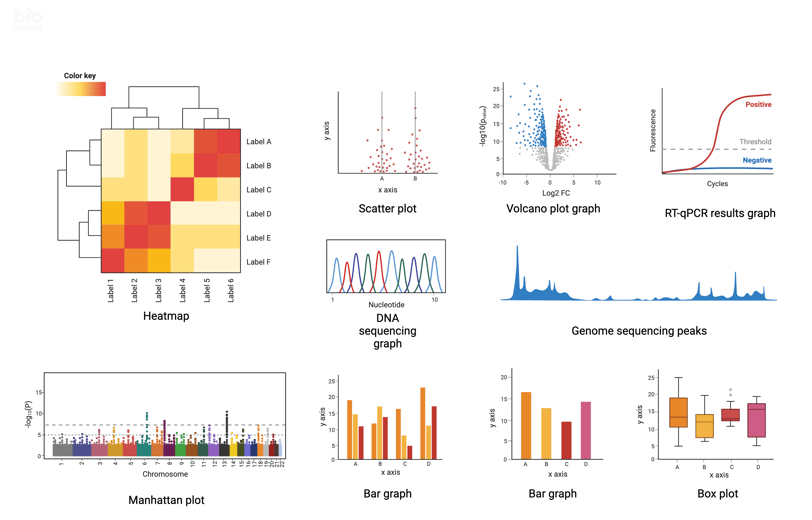Understanding Bioinformatics Data
The understanding of bioinformatics data is a critical step in the research process, where the derived results are translated into meaningful biological insights. This involves identifying patterns, correlations, and potential associations within the data to address specific research questions or hypotheses.
One approach to interpreting bioinformatics data is through the visualization of results using graphical representations and statistical plots. This allows for the identification of trends, outliers, and relationships within the data, aiding in the formulation of hypotheses and guiding further investigation.
Moreover, leveraging biological knowledge and relevant literature is essential for contextualizing and validating the findings from bioinformatics analysis. Comparing the results with existing scientific knowledge can provide further validation and contribute to the understanding of biological phenomena.
Additionally, the integration of multi-omics data, such as genomics, transcriptomics, proteomics, and metabolomics, can offer comprehensive insights into biological systems. Understanding the interconnectedness of these data types and leveraging integrative bioinformatics approaches can lead to a more holistic interpretation of complex biological processes.
We will discuss strategies for effectively interpreting bioinformatics data, providing practical guidance on extracting meaningful biological insights and driving scientific discovery in the next sections.
Visualization and Data Representation
Visualizing the processed data through graphs, charts, and heatmaps can help in identifying patterns, trends, and correlations within biological datasets. Tools like ggplot2 in R and matplotlib in Python are popular for creating visual representations of biological data.
Biological Context and Literature Review
Integrating biological knowledge and conducting a comprehensive review of relevant literature is crucial for contextualizing and validating the findings from bioinformatics analysis. Comparing the results with existing scientific knowledge can provide further validation and contribute to the understanding of biological phenomena.
Integration of Multi-Omics Data
The integration of multi-omics data, like as genomics, epigenomics, transcriptomics, proteomics, and metabolomics, can offer comprehensive insights into biological systems. Understanding the interconnectedness of these data types and leveraging integrative bioinformatics approaches can lead to a more holistic interpretation of complex biological processes.
Biological Context Integration
Integrating the analyzed data with biological knowledge and existing literature is essential for contextualizing the findings. This can involve comparing the results with known biological pathways, gene functions, or disease associations to derive meaningful interpretations.
Validation and Further Analysis
Conducting validation experiments or additional analyses to confirm the findings obtained from bioinformatics analysis is an important step in the interpretation process. This can involve experimental validations in the laboratory or further computational analyses to validate the results.


